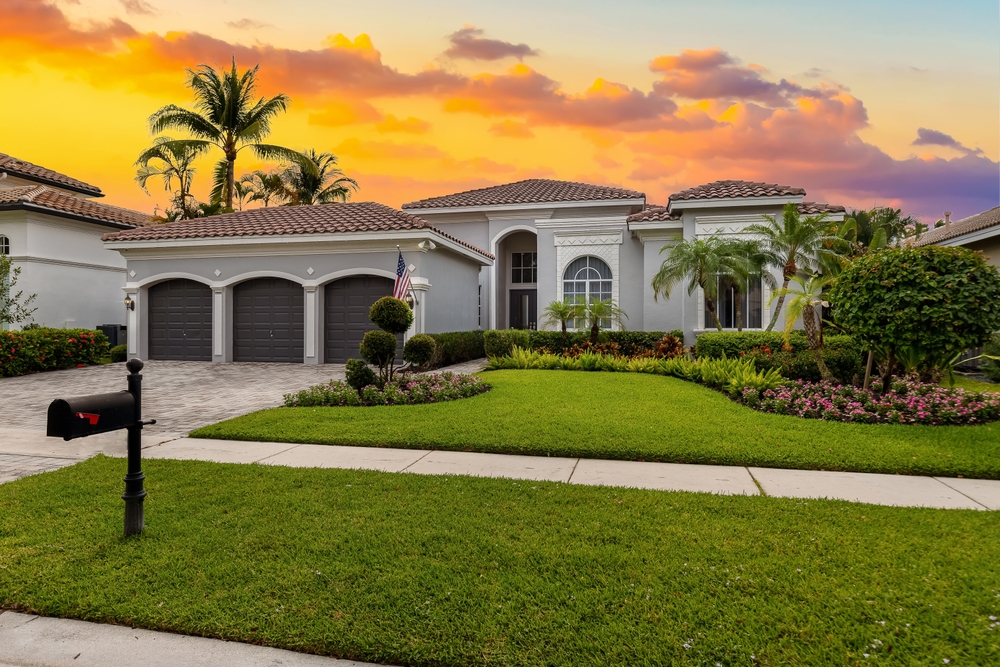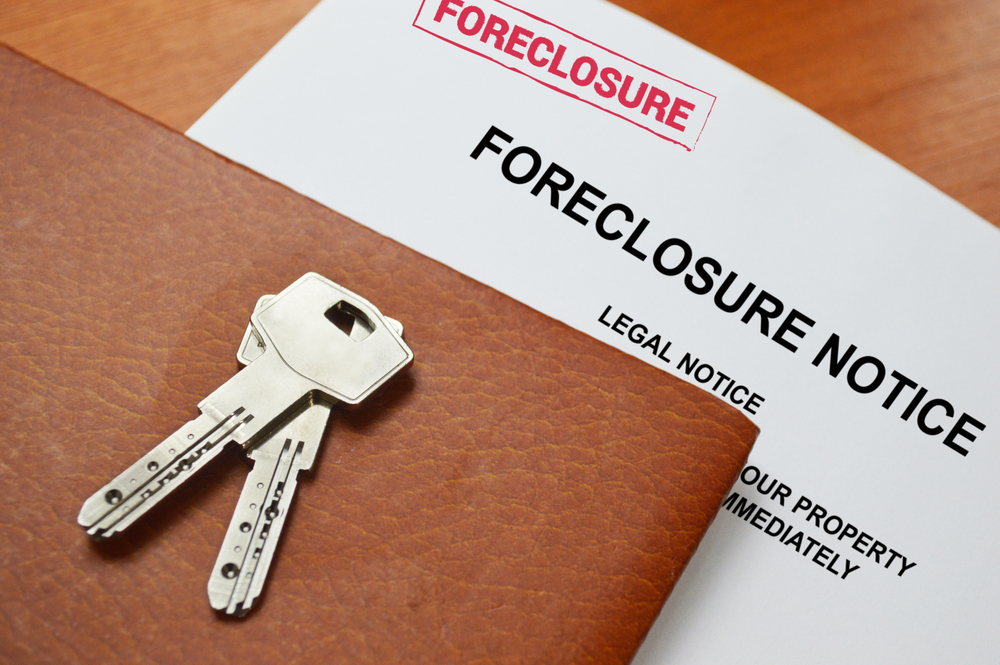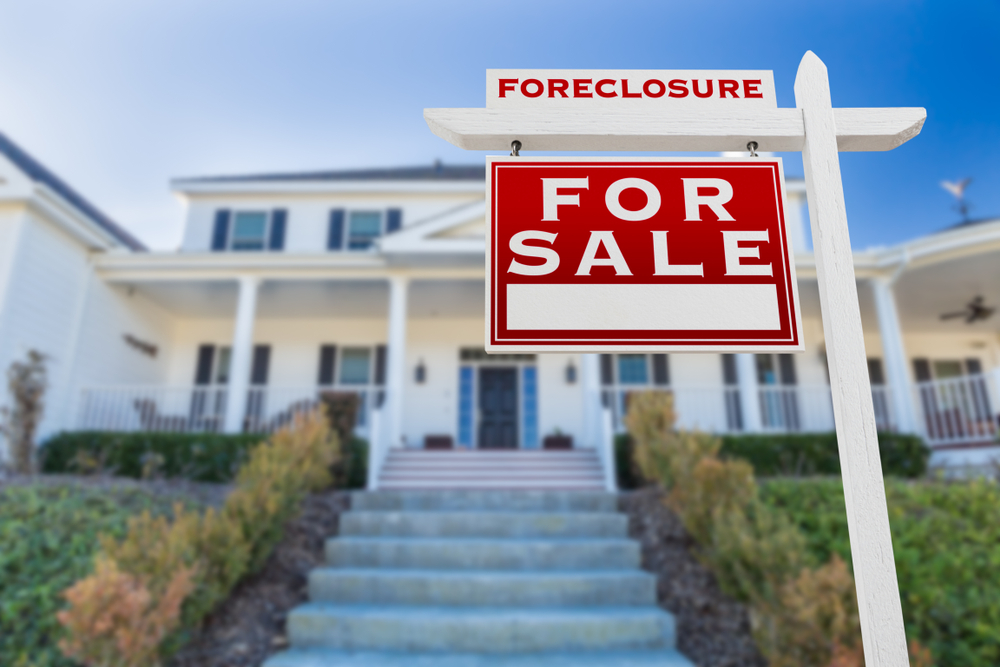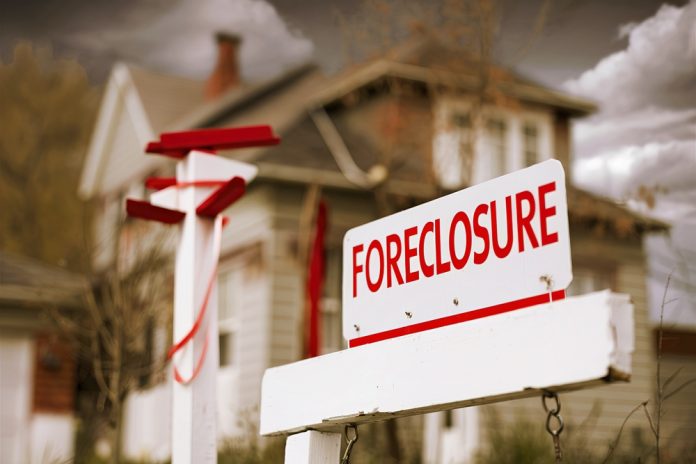If you’ve been tracking headlines this year, you’ve probably noticed the word foreclosure showing up more often — and for good reason. After a long period of unusually low activity, filings and lender repossessions ticked up in 2025, signaling new stress for homeowners and fresh opportunities (and risks) for buyers and investors.
This article breaks down what’s behind the rise in foreclosure activity, how the process actually unfolds, where the pressure is most acute, and what both homeowners and prospective buyers should do next. I’ll draw on recent trends and add practical perspectives from working with homeowners and investors to help you understand what the numbers mean for real people.
Why Foreclosures are Rising in 2025
There isn’t a single cause driving the uptick in foreclosure filings — it’s a mix. For many households, housing costs have outpaced incomes for years, and the combination of rising property taxes, spiking insurance premiums, and persistent high mortgage rates has pushed margins to the breaking point. When fixed-income retirees or wage-earners face higher ongoing bills, the buffer that once protected them disappears quickly.
Another factor is the difficulty of refinancing. In a low-rate environment homeowners can often refinance to lower monthly payments; with higher rates, that escape valve is largely closed. That means temporary income shocks — job loss, medical bills, or a drop in a region’s dominant industry — translate faster into missed payments and default notices.
Finally, borrower protections and lender forbearance programs that existed during earlier crises have largely faded, so lenders proceed through the legal steps more quickly than in recent past. The result is more notices of-default and more properties moving toward auction or bank repossession.
How the Foreclosure Process Actually Works
The path from a missed payment to a bank-owned home follows a few predictable legal steps. Initially, a missed mortgage payment typically prompts outreach from the servicer and, often, an offer of repayment plans. If those efforts fail, the lender issues a formal notice of default — a legal document that usually gives the homeowner a limited window to cure the debt.
If the borrower can’t resolve the default in that window, the lender schedules a notice of sale and the property heads to public auction. At auction, the highest bidder who pays immediately takes the property. If a property fails to sell at auction, the lender takes it back as real estate owned, or an REO, and will then prepare it for resale.
It’s worth underscoring that foreclosure is not instantaneous. There are timelines and opportunities for homeowners to work with lenders or housing counselors. That said, timelines vary widely by state, so local rules shape how quickly a house reaches auction.
Regional Hotspots: Why Florida Stands Out in Foreclosure Trends

Certain metros are feeling a disproportionate share of the pain. Florida, in particular, shows elevated activity because many residents live on fixed incomes while facing rising HOA fees, insurance premiums, and property taxes. Those combined bills chip away at retirement budgets, and some homeowners are being forced to sell or, in some tragic instances, walk away.
Beyond Florida, states like Texas, California, and parts of the Midwest are also seeing higher starts and bank repossessions for different reasons — wage stagnation, local tax burdens, and economic shocks linked to dominant industries such as tourism or manufacturing. Each region has its own stressors, but the common thread is affordability slipping further from many households’ grasp.
Recognizing a regional pattern helps homeowners and buyers alike: homeowners can prioritize assistance programs relevant to their state, and buyers or investors can better evaluate risk when considering properties in these metros.
Buying a Foreclosure: Opportunity With Important Caveats
For buyers, rising foreclosure activity can mean access to homes priced below market value — sometimes 10–15% or more. But those discounts come with trade-offs. Most bank-owned properties are sold as-is; banks don’t fix deferred maintenance, address title issues, or pay off unpaid liens automatically. That can convert a bargain into a costly project.
If you’re considering a foreclosure purchase, do your diligence: order a thorough inspection, research outstanding property taxes and liens, and work with a realtor experienced in REO transactions. Financing can also be trickier — some lenders are wary of loans on distressed properties or require higher down payments and stricter appraisal standards.
When approached carefully, buying a foreclosure can be a smart way to build equity. But rushing into a purchase without full knowledge of the property’s condition and legal status is a fast route to regret.
How 2025’s Foreclosure Trends Compare With 2008

It’s natural to compare today’s data to the crisis of 2008, but context matters. While current foreclosure starts and repossessions are up versus 2024, the scale is far smaller than during the housing crash. In 2008, rates exceeded the numbers we’re seeing now by an order of magnitude in many markets.
That doesn’t mean there’s no cause for concern. The steady climb in foreclosure filings in 2025 is a clear signal that some borrowers are running out of options. Unlike 2008, the banking system is generally stronger and underwriting standards are tighter, but localized distress can still create serious hardship for families and stress for community housing markets.
For policymakers and community leaders, the 2025 increase is a warning light — not the engine of a systemic collapse, but a call to shore up support where people are most vulnerable.
Practical Advice for Homeowners and Buyers Navigating the Market
If you’re a homeowner feeling stretched, don’t wait until a notice arrives. Talk to your lender early, explore repayment plans or loan modifications, and seek free housing-counseling services in your area. Documentation — proof of income loss, medical bills, or other hardship — helps your case and opens more possible solutions.
Buyers should approach foreclosure deals with a mix of caution and curiosity. Work with advisors who know local foreclosure law, budget for repairs and potential title issues, and factor in longer timelines for closing. For investors, treat each property as a local market play — what looks profitable in one metro can be a headache in another.
My experience working with both homeowners and investors is simple: clear communication and early action change outcomes. Homeowners often find workable options when they engage lenders, and buyers who plan for the worst often end up with the best returns.
Looking Ahead: Staying Informed and Staying Prepared

Foreclosure activity rose in 2025 for a mix of economic and regulatory reasons. It’s not 2008, but it is a reminder that housing market health depends on everyday affordability — stable incomes, predictable taxes, and insurance costs that don’t surprise long-term residents.
Whether you’re a worried homeowner, a cautious buyer, or an investor sizing up opportunities, the best moves are practical: gather facts, work with professionals, and plan for contingencies. Markets change, but informed decisions protect both homes and wallets.
FAQ
What exactly triggers a foreclosure?
A foreclosure typically begins after sustained missed mortgage payments. Lenders usually attempt outreach and offer alternatives, but if those fail they issue a formal notice of default and move toward a notice of sale and auction if the borrower doesn’t cure the debt.
How long does the foreclosure process take?
Timelines vary by state and by lender. Some states allow quick non-judicial sales, while others require lengthy court proceedings. Homeowners should consult local rules and their loan servicer to understand specific deadlines.
Can a homeowner avoid foreclosure once a notice is filed?
Often yes. Options include repayment plans, loan modifications, short sales, or bankruptcy in some cases. Early communication with the lender and documentation of hardship improves the chances of a negotiated solution.
Are foreclosure purchases always a good deal?
Not necessarily. While prices can be lower, foreclosed properties are sold as-is and may carry repair costs, unpaid taxes, or title issues. Due diligence and experienced local representation are essential.
What resources can homeowners use if they’re at risk?
Free housing counselors, state housing agencies, and nonprofit legal aid organizations can help. Homeowners should also contact their loan servicer immediately to explore modification or forbearance options.

